Folks, the previous thread was closed due to the bickering that broke out in the last few days. It will remain closed on the forum for our future reference.
This is our second chance - let's ALL work together to make sure this one doesn't end up spiraling downward.
Please remember that there is ALWAYS (did I say ALWAYS) a way to get your point across without being rude, inconsiderate, and/or arrogant. There, I've said it. We all know this breed is fairly new to the U.S. and that until the proposed standard is approved, there will be varying opinions, which is welcomed. Please just put a few seconds of thought in before you his the post button.
I want to add one last additional note - there's not a thing wrong with folks just wanting some pretty birds that lay a gorgeous egg - let's remember that, and not jump all over peeps who just want to learn about this breed & have pretty eggs in their egg baskets. Breeding for show is not for everyone, and it certainly shouldn't be pushed onto someone that's not interested in it.
Okay, post away!!!

This is our second chance - let's ALL work together to make sure this one doesn't end up spiraling downward.
Please remember that there is ALWAYS (did I say ALWAYS) a way to get your point across without being rude, inconsiderate, and/or arrogant. There, I've said it. We all know this breed is fairly new to the U.S. and that until the proposed standard is approved, there will be varying opinions, which is welcomed. Please just put a few seconds of thought in before you his the post button.
I want to add one last additional note - there's not a thing wrong with folks just wanting some pretty birds that lay a gorgeous egg - let's remember that, and not jump all over peeps who just want to learn about this breed & have pretty eggs in their egg baskets. Breeding for show is not for everyone, and it certainly shouldn't be pushed onto someone that's not interested in it.
Okay, post away!!!




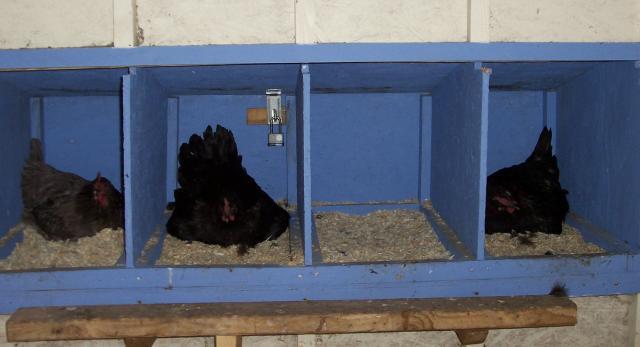



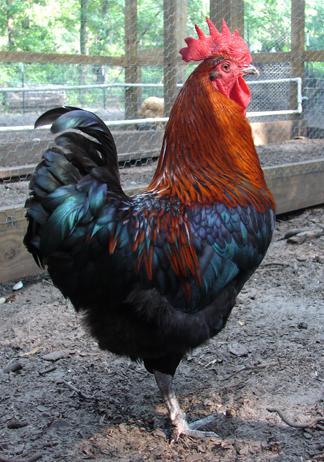
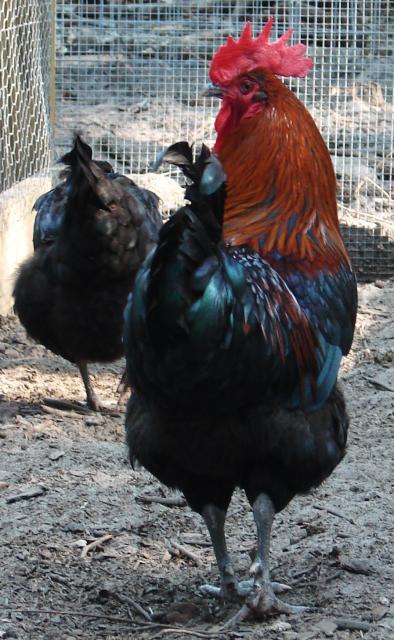
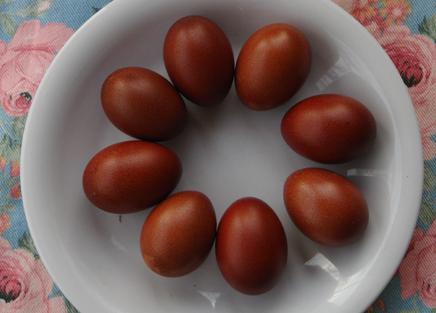
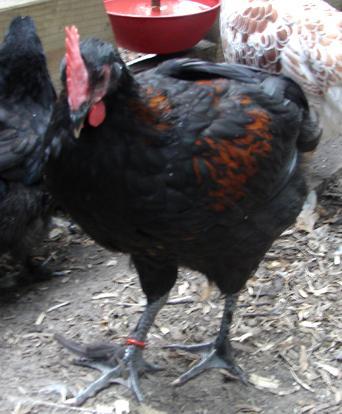
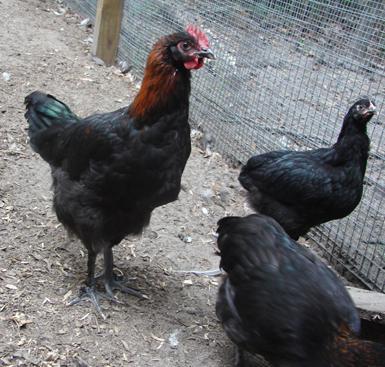
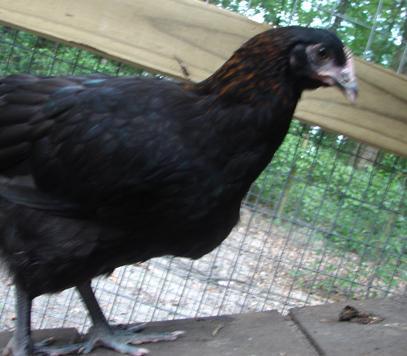
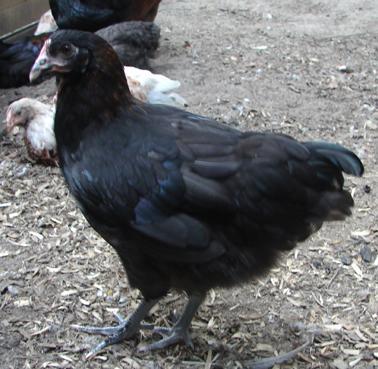
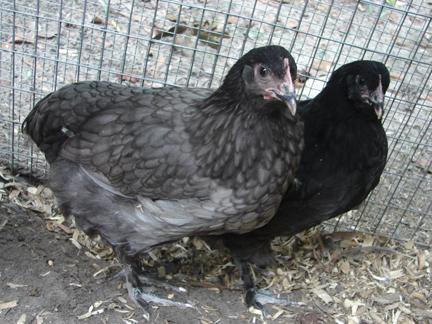

 )
)